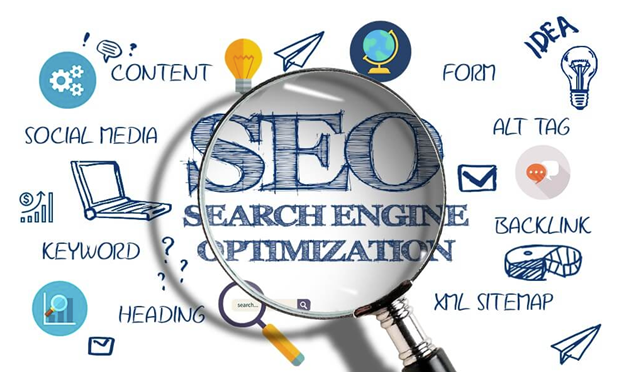Implementing a new Digital Asset Management (DAM) system requires businesses to consider several factors, including user experience, storage needs, and data security. The process can be simplified with the right tools and information onboard.
Here is an exploration of some valuable tips for migrating to an entirely new DAM system without compromising existing data or experiencing costly hiccups.
Whether companies are looking to move from physical files stored onsite to cloud-based DAM software, or transitioning from an old program with limited functionalities, these strategies will ensure the transfer is swift and efficient.
Table of Contents
Identify the Goals
Before beginning a DAM migration, firms must identify and document the project’s goals. Understanding the purpose of the system and what features are paramount can determine which platform best suits the organization’s needs. Some goals may be:
- To streamline the ingestion, retrieval, and distribution of digital assets.
- To provide a centralized, secure repository for all digital assets.
- To facilitate collaboration with external stakeholders, such as clients, suppliers, and partners.
- To integrate with existing systems to ensure seamless operation.
- To create an efficient workflow that reduces manual effort and timeframes for task completion.
- To improve support by providing quick access to content in multiple languages and formats.
Outline Requirements
After researching platforms and narrowing them down to two or three potential DAM systems, businesses should create an outline that clearly states the requirements for each selection. This can include things like budget, scalability, or user permissions – anything essential for ensuring the program works for everyone involved in its implementation.
Here are some things this outline may include:
– Which features are essential
– What integration capabilities are needed
– How the system will be used and by whom
– Cost of implementation and maintenance
– Any other specific requirements or preferences
Perform a Data Audit
Organizations should gather all existing digital assets from their current system and review them to ensure everything is up-to-date, organized, and relevant. This identifies the data that should be migrated. It also enables organizations to find any potential errors that could lead to data loss during the transfer process.
The data audit should include the following steps:
- Group data into categories, such as customer information, supplier information, and financial records.
- Review each group for accuracy and completeness of the data set.
- Validate any changes in data formats or system requirements to ensure compatibility with the new system.
- Back up all existing digital assets prior to migration to protect against potential data loss.
- Identify any duplicate fields or gaps in the data that must be addressed before migrating to the new system.
- Establish a process for transferring batches during each phase of the migration process. This can help detect and fix errors quickly- if they arise during the transition period.
- Document the data audit, including any changes made to the existing system and any issues that may arise during the process.
Use Migration Tools
Many DAM systems come with built-in tools that allow migration from one platform to another. These are especially useful in cases where there is a significant amount of data to move over, and manual attempts would take too long or become overwhelming.
Here are some user migration tools available for a few popular DAM systems:
– Adobe Experience Manager (AEM) – AEM provides an automated migration tool to quickly and easily transfer data from other systems, including Drupal, WordPress, and SharePoint.
– Widen Collective – Widen’s Data Migration Tool allows users to upload assets in bulk via a spreadsheet or FTP connection.
– Bynder – Bynder’s Bulk Asset Uploader enables the seamless transfer of files from one account to another.
– Sitecore – Sitecore’s Data Exchange Framework allows users to migrate content between various platforms, including those on the Microsoft platform.
Test the System
After all digital assets have been successfully moved into the new system, testing is essential to ensure everything works as expected before it goes live. It’s also important to check permissions settings and other configurations that could affect user experience and security protocols on the new platform.
Some ways to test the system include:
- Running a series of tests that simulate real user interactions with the system.
- Having users provide feedback about their experience and quickly identify any weaknesses or potential issues.
- Doing a stress test that measures how well the system performs under heavy or unusual circumstances.
- Performing security checks to ensure all data is secure and protected against unauthorized access or malicious threats.
- Assessing the efficient functioning of all features and ensuring there are no missing files.
- Setting up backup systems in place in case something goes wrong during the transition to the new system (or afterward).
Wrapping Up
By following these tips, businesses can confidently migrate to a new DAM system without worrying about data loss or other complications along the way. Taking the time to research and plan ahead will make all the difference in ensuring a smooth transition.















